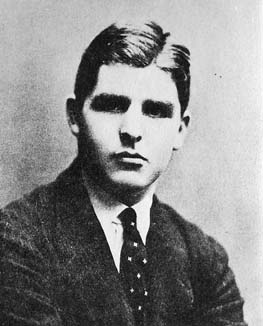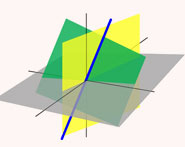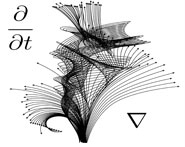


 تاريخ الرياضيات
تاريخ الرياضيات
 الرياضيات في الحضارات المختلفة
الرياضيات في الحضارات المختلفة 
 الرياضيات المتقطعة
الرياضيات المتقطعة
 الجبر
الجبر
 الهندسة
الهندسة 
 المعادلات التفاضلية و التكاملية
المعادلات التفاضلية و التكاملية 
 التحليل
التحليل
 علماء الرياضيات
علماء الرياضيات |
Read More
Date: 25-10-2017
Date: 29-10-2017
Date: 22-10-2017
|
Died: 7 April 1933 in Banff, Alberta, Canada

Raymond Paley's father was Raymond Edward Paley (born in London on 11 February 1874) who was an Officer in the Royal Artillery. His mother was Sybil Maude Scott (born Totnes, Devon in September 1877; died December 1958). Raymond's father died in Nordrach Sanatorium, Clutton, Somerset on 11 September 1906 before his son (our mathematician) was born and his mother married Neville Edward Anning Gardner, a planter, on 28 June 1910.
Raymond Paley was educated at Eton. From there he entered Trinity College, Cambridge where he showed himself the most brilliant student among a remarkable collection of fellow undergraduates. He was taught at Cambridge by Hardy and Littlewood and it was under Littlewood's supervision that he undertook research [1]:-
He was Pemberton and Yeats prizeman, and Bladwin scholar and research scholar in 1927.
He won a Smith's Prize in 1930 and was elected a fellow of Trinity College, Cambridge. While he was undertaking research, Zygmund spent the academic year 1930-31 at Cambridge. Paley had already proved impressive results on Fourier series and had collaborated with Littlewood, his supervisor. Zygmund discovered Paley's extraordinary talent and the two worked jointly on existence proofs, brilliantly applying ideas from Borel's Calcul des probabilités dénombrables. Zygmund's book Trigonometric Series published in 1935 owes a debt to the joint work that he carried out with Paley.
Norbert Wiener was proving important results in areas of interest to Paley so he applied for a Rockefeller International Research Fellowship to allow him to travel to the United States to collaborate with him at the Massachusetts Institute of Technology. Norbert Wiener wrote in [2]:-
Soon after his arrival in America, however, certain studies of lacunary series which Paley had already begun suggested a new attack on the theory of interpolation and allied trigonometrical problems. These results led successively to the study of quasi-analytic functions, of entire functions of order one-half, and of many related questions.
For a young man of 26, Paley had collaborated with a remarkable group of mathematicians. In addition to Littlewood, Zygmund and Norbert Wiener, he had also collaborated with Pólya. As Norbert Wiener wrote in [2]:-
Possessed of an extraordinary capacity for making friends and for scientific collaboration, Paley believed that the inspiration of continual interchange of ideas stimulates each collaborator to accomplish more than he would alone.
Already with a reputation remarkable for one so young, Paley stood on the brink of becoming one of the very first rank of research mathematicians. However, in 1933 while working in the United States, he went to Canada for a skiing holiday. While skiing near Banff he was killed by avalanche [1]:-
... at Deception Pass, Fossil Mountain in the Rockies. Park wardens and a member of the Canadian Mountain police recovered the body, which has been brought to Banff. Mr Paley was skiing alone at an altitude of 9,600 ft, but his death was witnessed by companions lower down the mountainside.
Had he lived to continue his mathematical work, one feels sure that his name would today be as well known as the mathematicians with whom he collaborated.
Norbert Wiener gave the Colloquium Lectures of the American Mathematical Society in 1934 and spoke on Paley's work. Paley was to have been a Colloquium Lecturer himself. Norbert Wiener wrote in [2]:-
... he was already recognised as the ablest of the group of young English mathematicians who have been inspired by the genius of G H Hardy and J E Littlewood. In a group notable for its brilliant technique, no one had developed this technique to a higher degree than Paley. Nevertheless he should not be though of primarily as a technician, for with this ability he combined creative power of the first order. As he himself was wont to say, technique without 'rugger tactics' will not get one far, and these rugger tactics he practised to a degree that was characteristic of his forthright and vigorous nature
Articles:



|
|
|
|
دخلت غرفة فنسيت ماذا تريد من داخلها.. خبير يفسر الحالة
|
|
|
|
|
|
|
ثورة طبية.. ابتكار أصغر جهاز لتنظيم ضربات القلب في العالم
|
|
|
|
|
|
|
قسم شؤون المعارف ووفد من جامعة البصرة يبحثان سبل تعزيز التعاون المشترك
|
|
|